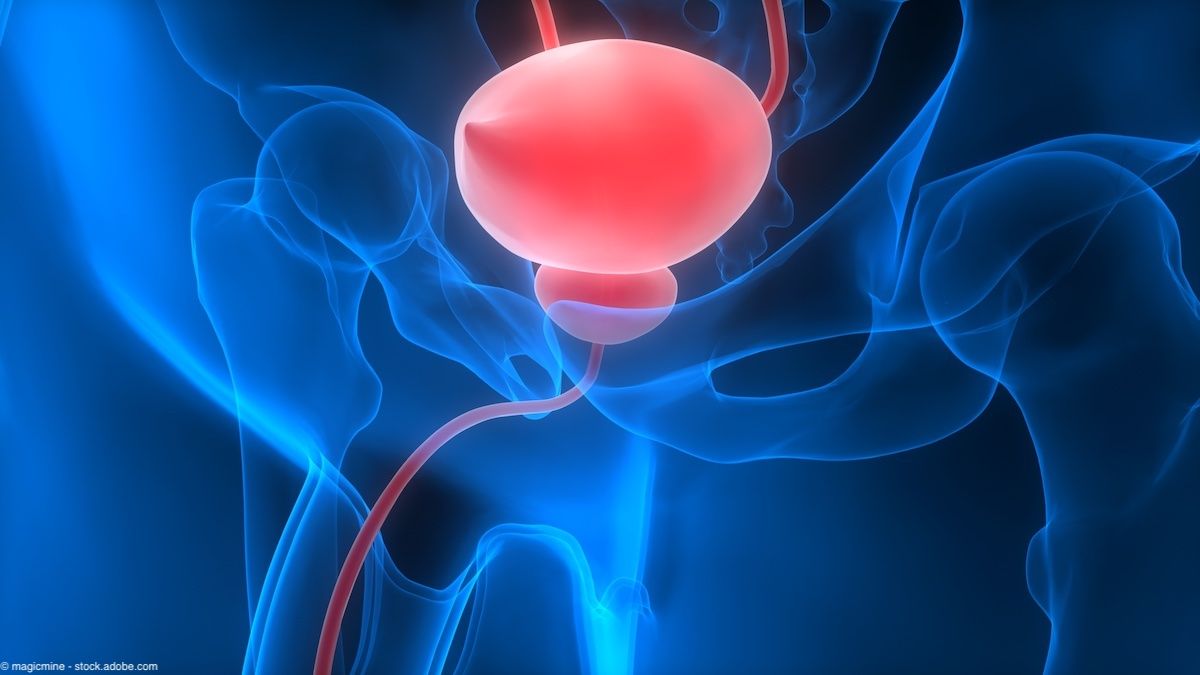Article
Urodynamic studies infrequently necessary in kids
Clearwater Beach, FL-In children with incontinence,urodynamic studies are warranted in a small minority of cases,according to pediatric urology experts.

"Urodynamic studies are probably only required in about 10% to 15% of children with incontinence that you will see in your practice," said Andrew Combs, PA-C, assistant professor in the department of urology at Weill Medical College of Cornell University in New York.
But if the physician decides that the tests are required to determine why the child is wet, Combs said that every effort must be made to ensure that the test is performed precisely and accurately.
"One should try to never settle for anything less than a perfect study every time, even if it means having to repeat the study once or even twice to check for consistency of findings."
Combs said that urodynamics is more than just a diagnostic tool. The studies can help define the parameters of the problem, stratify therapeutic options, assess the need for, and timing of, intervention, and monitor response to therapy.
However, he said, the studies are not magical in and of themselves.
"All the urodynamic study does is give you data. The real art of urodynamics lies in making sense of it in the context of the patient's clinical circumstances," he said.
Yves Homsy, MD, clinical professor of surgery and pediatrics at the University of South Florida and Children's Urology Group in Tampa, concurred that the studies are reserved for difficult cases.
"Unless the child has a paralyzed bladder from spina bifida or spinal cord trauma, urodynamic testing is not performed unless we need advanced studies for some reason," he said. "These are generally 'hard core' cases. I would say that they are used in less than 10% of our cases."
Key components
In his lecture, Combs explained the essence of urodynamics-a methodology for assessing the two primary aspects of bladder function: storage and emptying. Its invasive components may include cystometrogram, intravesical pressure, intra-abdominal pressure, detrusor or subtracted pressure, voiding pressure flow, urethral pressure profile, and videofluoroscopy.
Noninvasive studies include uroflow-metry with or without simultaneous pelvic floor electromyography using patch electrodes and ultrasonic measurement of post-void residual volume.
"Urodynamics are helpful in the management of patients with urinary incontinence, retention, persistent lower urinary tract symptoms, and/or recurrent urinary tract infection," Combs said.
"These studies are essential in the management of patients with complex voiding dysfunction and those with associated neurologic disorders, injury, or structural abnormalities. They are mandatory for a tertiary-level center."
"The key to performing these tests, as Andy Combs says, is to make the child as comfortable as possible for the duration of the test," said Dr. Homsy.
He also agreed with Combs that the best person to help perform the study isn't necessarily the physician.
"It could be a nurse, a physician assistant, or a urodynamics technician. Re-gardless of who it is, it should be someone who is dedicated and knowledgeable in this type of work and who can interact well with the patient," he said.
Newsletter
Stay current with the latest urology news and practice-changing insights — sign up now for the essential updates every urologist needs.














